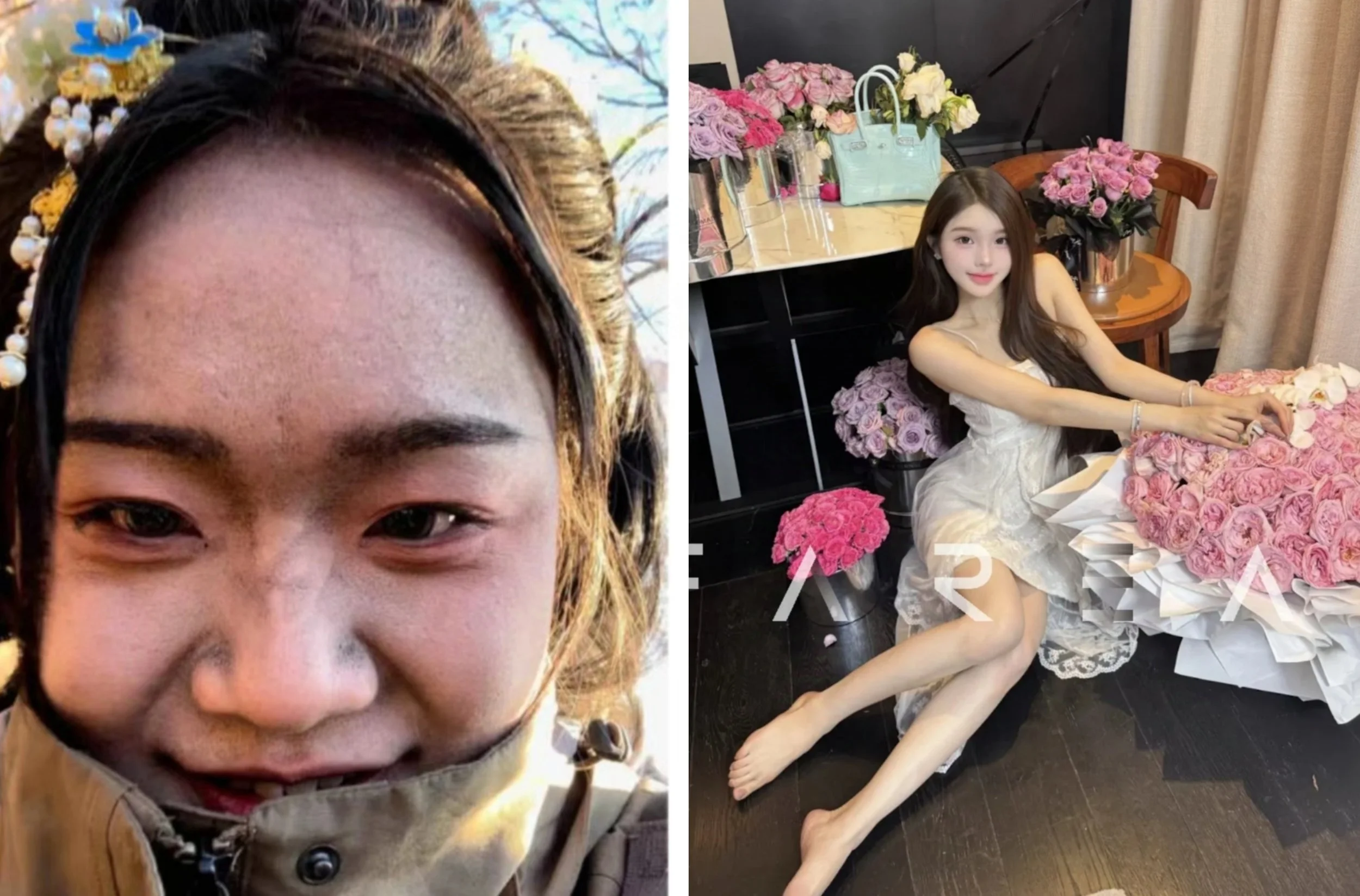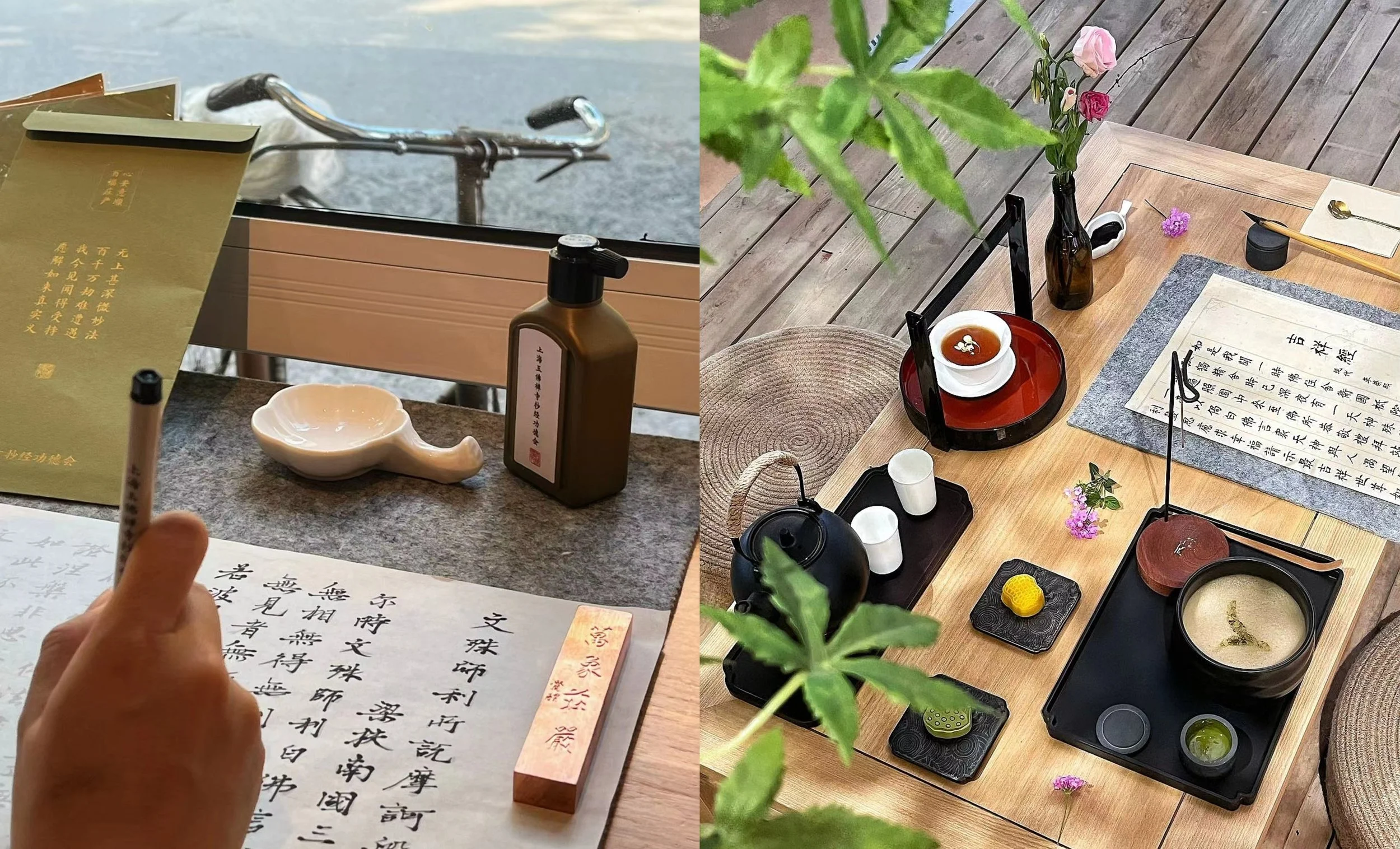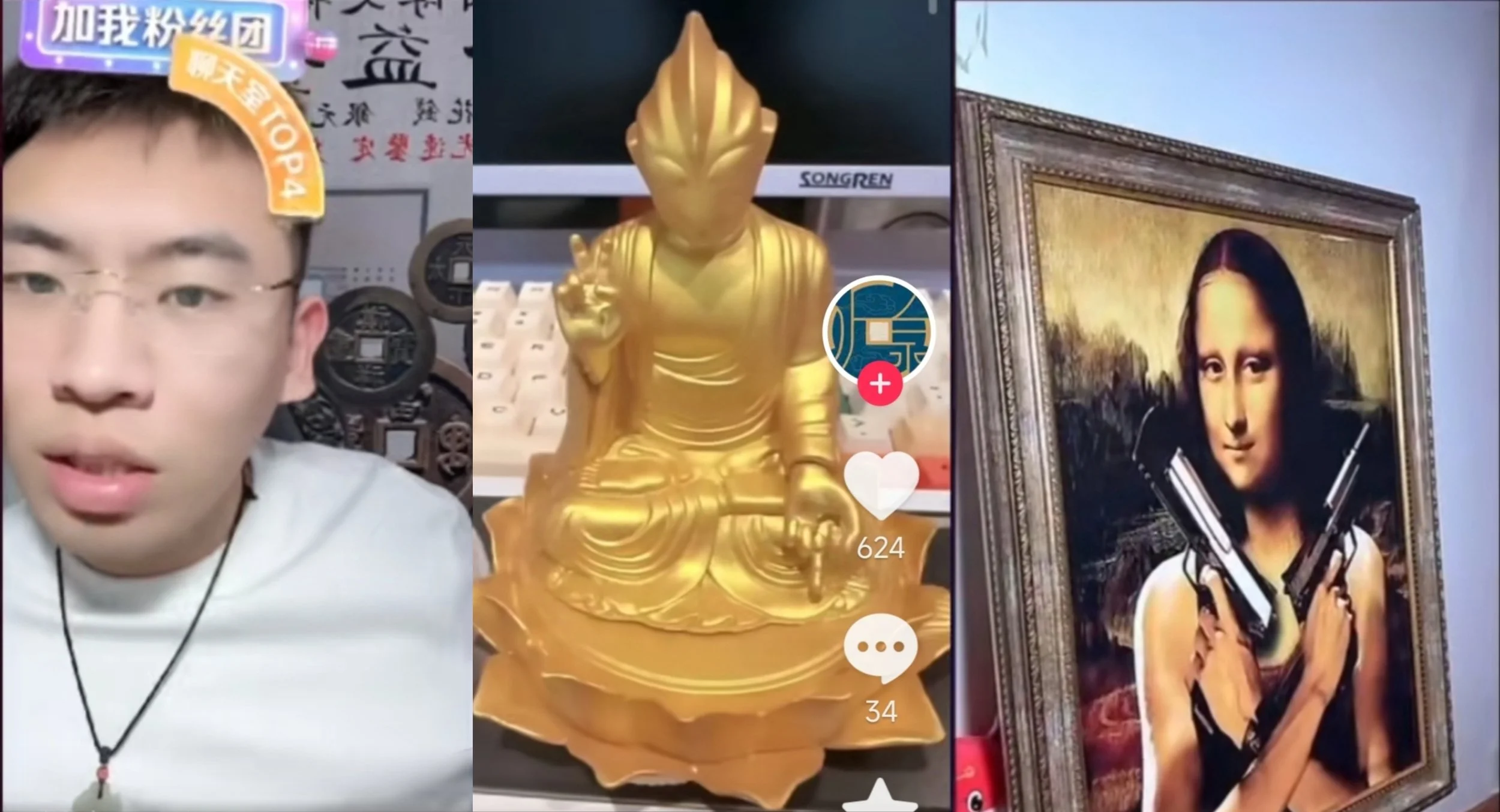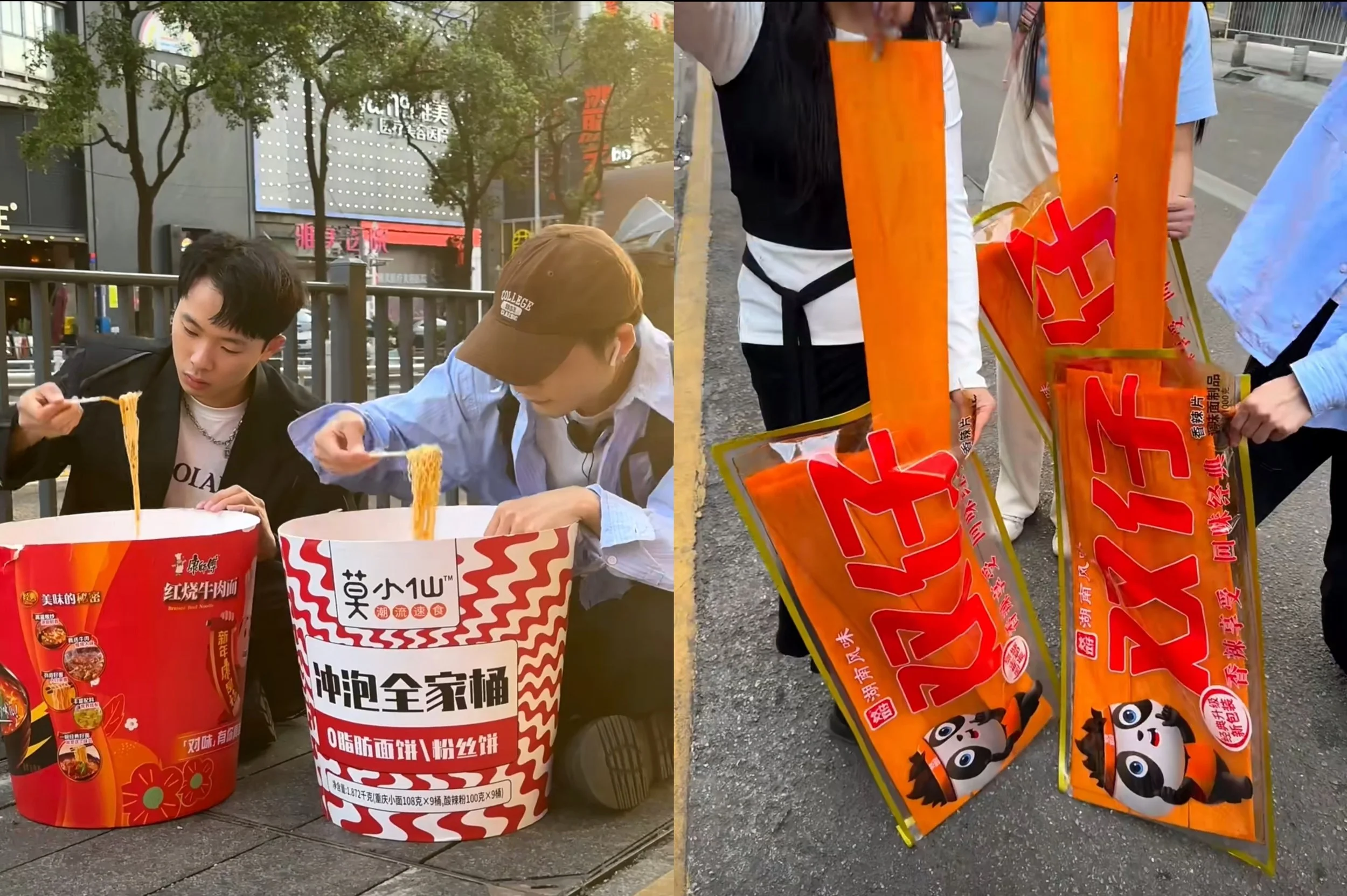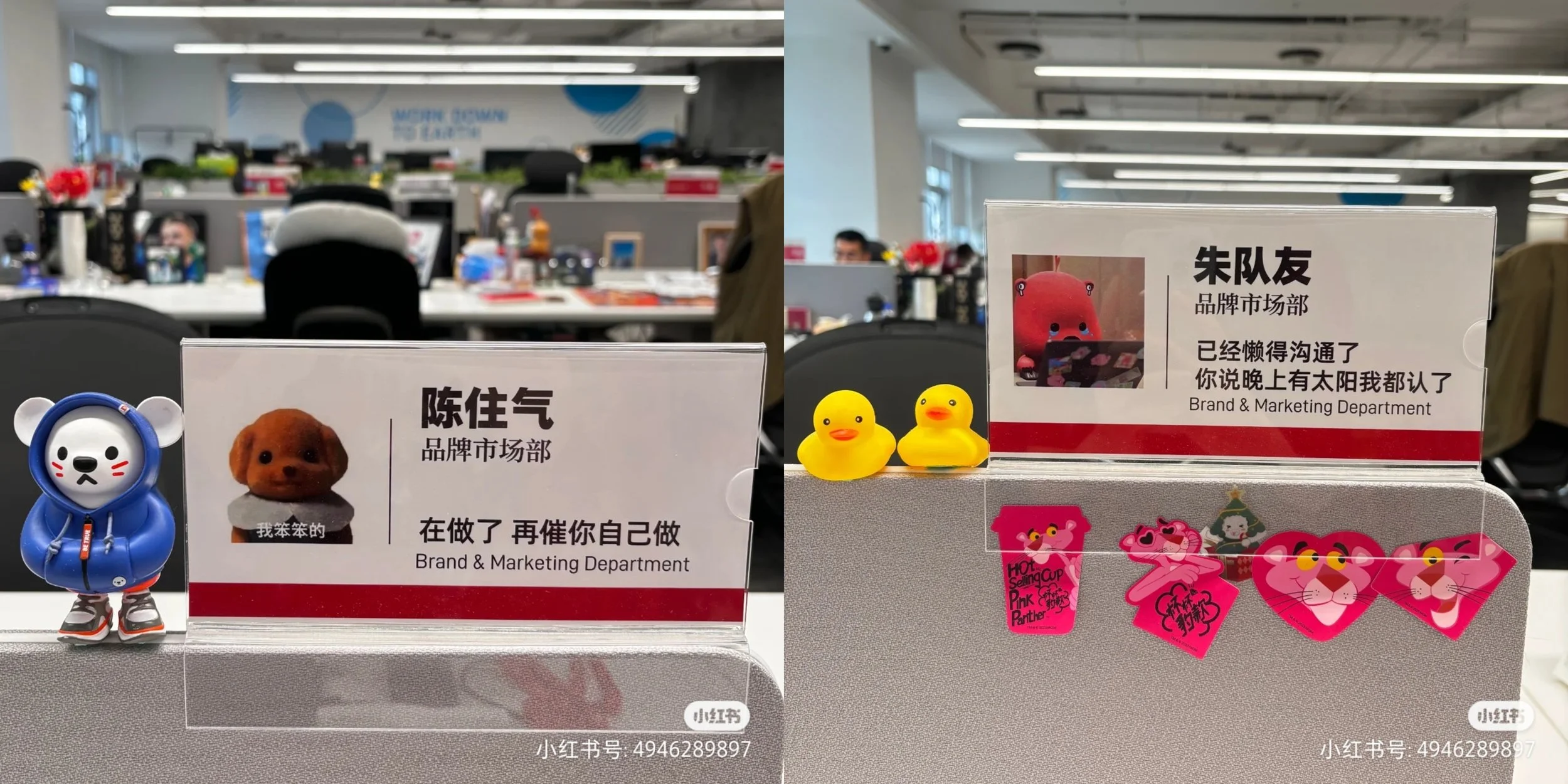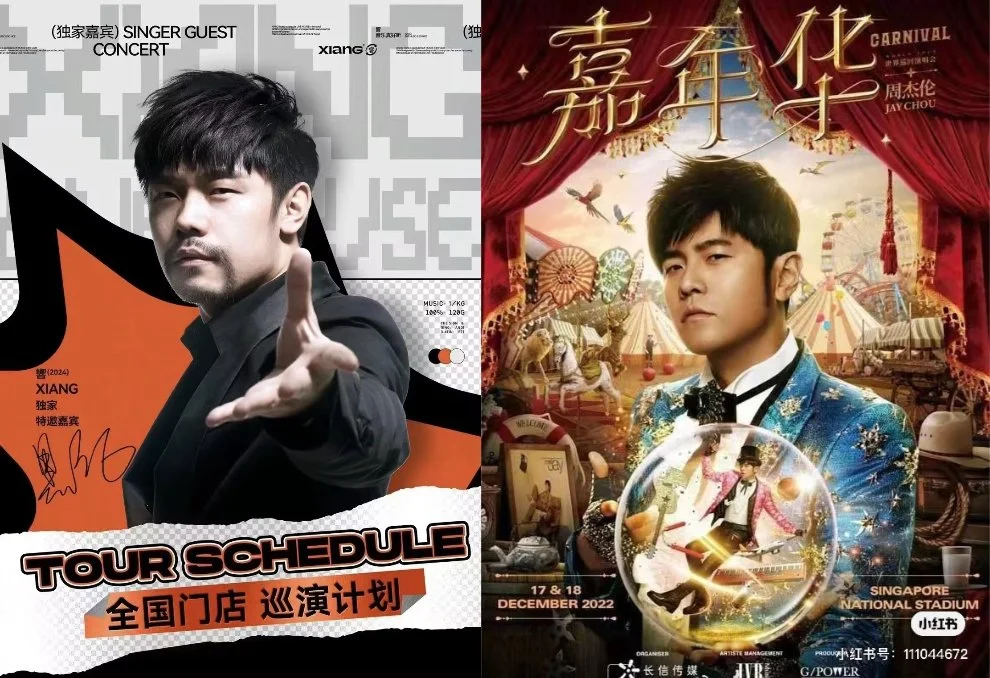China’s senior influencer boom: a new opportunity for foreign brands
For a long time, China’s elderly population was seen as falling behind in the country’s rapid modernization. The pace of technological and social change over the past few decades left many seniors struggling to keep up, while the narrative around aging was often associated with decline and isolation. But that perception is changing fast. A new wave of senior influencers are breaking stereotypes, capturing massive online audiences, and reshaping attitudes toward aging.
These elderly vloggers, many of whom are in their 60s, 70s, or even 90s, are not just keeping up with the times - they’re defining new cultural trends. From fitness routines and DIY home hacks to nostalgic storytelling and family bonding, senior influencers are providing a refreshing counterpoint to traditional social media content. Their rise is not just a quirky internet trend but a powerful cultural shift, one that presents significant opportunities for foreign brands in China.
From Left Behind to Centre Stage
The growth of China’s senior vlogging community is tied to both social and technological factors. For years, China’s elderly were often depicted as passive bystanders in the country’s digital revolution. But a combination of Covid forcing elderly online, and platforms like Douyin (China’s TikTok), Xiaohongshu/RED, and Bilibili have made it easier for senior citizens to share their lives with a mass audience.
The appeal of senior vloggers is largely driven by their ability to challenge traditional views on aging. Instead of reinforcing the idea that old age is a time of weakness and decline, these influencers are showing that it can be a time of reinvention and vitality. Take 70-year-old "Lifting Grandma" Sun Minghui, who has developed a dedicated following by showing off her sculpted muscles. Or the 78-year-old fitness grandmother from Tianjin, who has exercised for 18 years, outperforming many young people. Even a 92-year-old grandma who enjoys late-night cocktails has gone viral, proving that seniors can live life on their own terms.
These vloggers provide a counter-narrative to China’s intense work culture. Young people, often labeled as “fragile youth” (脆皮青年) due to their reliance on delivery food, long hours at desks, and lack of physical activity, are drawn to senior influencers who demonstrate discipline, resilience, and a zest for life. Many young viewers even joke in the comment sections that they are being “shamed” into exercising by their elderly idols.
Why This Matters for Foreign Brands
The rise of China’s senior influencers represents a shift in consumer culture that foreign brands could be worth paying attention to. Traditionally, marketing in China has been hyper-focused on younger consumers, particularly Gen Z and Millennials. However, this new wave of senior influencers is proving that the elderly demographic has both influence and spending power.
Here’s how brands can leverage this trend:
1. Rethinking the Silver Economy
The spending power of China’s elderly is growing rapidly. By 2030, China’s population aged 60 and above is expected to reach 400 million, making it one of the largest consumer segments in the world.
Foreign brands, particularly in health, wellness, fitness, and lifestyle, have a chance to tap into this market. Fitness equipment brands, for example, could collaborate with senior influencers to promote active aging. Nike, Adidas, and Lululemon have all targeted younger fitness enthusiasts in China, but few have made a push into the senior market. Whilst China’s seniors have traditionally been frugal, the consumers reaching retirement age have come through China’s consumer age, so are more likely to be spenders.
2. Building Emotional Connections Across Generations
Senior vloggers are not just attracting elderly viewers - they have a massive following among young people looking for emotional comfort and inspiration. In a society where urbanization and long work hours have created a sense of disconnection between generations, these influencers are serving as “electronic grandparents,” filling an emotional gap for young audiences.
Brands that emphasize intergenerational storytelling can tap into this emotional resonance. Luxury brands like Gucci or Louis Vuitton, which have successfully used older models in Western campaigns, could experiment with similar strategies in China, featuring senior influencers in cross-generational campaigns.
3. Aligning with China’s “Punk Wellness” Trend
Many young Chinese consumers are interested in health but don’t follow traditional wellness routines. Instead, they practice “punk wellness” (朝青而保), a mix of healthy habits (drinking herbal tea, taking supplements) alongside unhealthy ones (late-night snacking, excessive screen time). Senior influencers, who often share traditional health remedies and practical wellness advice, align perfectly with this mindset.
Wellness brands, nutrition companies, and skincare firms can collaborate with these influencers to promote products in a way that resonates with both older and younger generations.
Challenges and Sustainability of the Trend
While the senior vlogging boom presents exciting opportunities, brands should also be aware of potential pitfalls:
Content Fatigue: Many senior influencers rely on fitness or daily routine content, which can become repetitive. Brands partnering with them should help diversify their storytelling.
Authenticity vs. Over-Commercialization: Some senior influencers have faced backlash for promoting questionable health products. Brands must ensure their collaborations feel genuine and add value to the audience.
Tech Barriers: Many elderly influencers rely on younger family members or professional teams for editing and management. Brands should consider providing tech support or training for sustainable partnerships.
The Future of Senior Influencers in China
The popularity of senior vloggers is more than a passing trend - it reflects a deeper societal shift. China’s aging population is no longer willing to be sidelined; instead, they are becoming active participants in shaping cultural narratives. For foreign brands, this presents a golden opportunity to engage with a powerful, intergenerational audience in a way that aligns with both social values and commercial goals.
As one popular senior influencer put it: “Aging is just a number. Life is about living the way you want.” Brands that embrace this philosophy will likely only stay ahead.









